Introduction
The COVID-19 pandemic, officially known as the "Coronavirus Disease 2019," has reshaped the global landscape in ways unseen since the 1918 Spanish Flu epidemic. This highly contagious respiratory illness, caused by the SARS-CoV-2 virus, has not only posed a significant threat to public health but has also had far-reaching consequences on economies, education, and daily life worldwide. This article aims to explore the nature of the pandemic, its impact on society, and the measures taken by governments and individuals to mitigate its effects.
The Nature of COVID-19
COVID-19 is a type of coronavirus that first emerged in late 2019 in Wuhan, China, and quickly spread globally through international travel and trade. It is highly transmissible, with symptoms ranging from mild to severe respiratory illness and in some cases, leading to death. The virus primarily affects the respiratory system but can also impact other organs, highlighting the need for a comprehensive approach to treatment and prevention.
Impact on Public Health
The pandemic has been a defining moment in modern healthcare history. Governments around the world have implemented lockdowns, social distancing measures, and contact tracing to slow the spread of the virus. While these measures have saved countless lives, they have also caused immense hardship for millions of people, leading to economic stagnation, mental health issues, and a surge in non-communicable diseases due to lack of access to healthcare services.
Economic Impact
The economic fallout from COVID-19 has been profound. Businesses have closed their doors, leading to job losses on a massive scale. The World Bank estimates that the pandemic could cost the global economy up to $1 trillion in 2020 alone. Small and medium-sized enterprises (SMEs), which form the backbone of many economies, have been particularly vulnerable, with many struggling to survive amidst supply chain disruptions and reduced demand. The loss of income has further exacerbated poverty and inequality, particularly in developing countries.
Education Disruptions
Education systems worldwide have been severely disrupted, with schools and universities closing their doors to prevent the spread of the virus. Online learning has become the norm, though it poses challenges for many, particularly those without access to reliable internet or technology. The disruption has led to learning loss, especially for children from low-income families who may not have access to digital devices or a stable internet connection. The long-term effects on education and human capital development are yet to be fully understood but are likely to be significant.
Social and Cultural Changes
The pandemic has also brought about profound social and cultural changes. Quarantine measures have led to a shift towards virtual interactions, with weddings, funerals, and other social events being conducted online. This has both brought people closer through shared experiences and created new forms of isolation and loneliness. The cancellation of international events and travel restrictions have also impacted cultural exchange and tourism industries, further contributing to economic downturns.
Government Responses and Public Health Measures
In response to the pandemic, governments have implemented a range of measures aimed at containing the spread of the virus while mitigating its economic and social impacts. These include:
Travel Restrictions: Many countries have imposed travel bans or required quarantine for travelers from high-risk areas.
Vaccination Programs: As vaccines became available, governments have rolled out mass vaccination campaigns to protect their populations. The World Health Organization (WHO) plays a crucial role in coordinating global efforts and ensuring equitable access to vaccines.
Financial Support: Governments have provided financial aid to individuals and businesses to mitigate the economic fallout. This includes stimulus packages, unemployment benefits, and loan guarantees for SMEs.
Digitalization: Governments have accelerated the digitalization of services to facilitate online transactions and reduce physical interactions.
Individual Responsibility and Community Engagement
Beyond government measures, individual behavior and community engagement are crucial in mitigating the spread of COVID-19. Wearing masks, practicing social distancing, regular handwashing, and avoiding crowded places are some of the most effective measures individuals can adopt. Communities have also played a vital role in supporting each other during this difficult time, with neighbors checking on the elderly or vulnerable populations and volunteering at food banks and other essential services.
Conclusion
The COVID-19 pandemic has underscored
转载请注明来自爬爬百科,本文标题:《COVID-19,全球卫生危机及其对社会的影响》

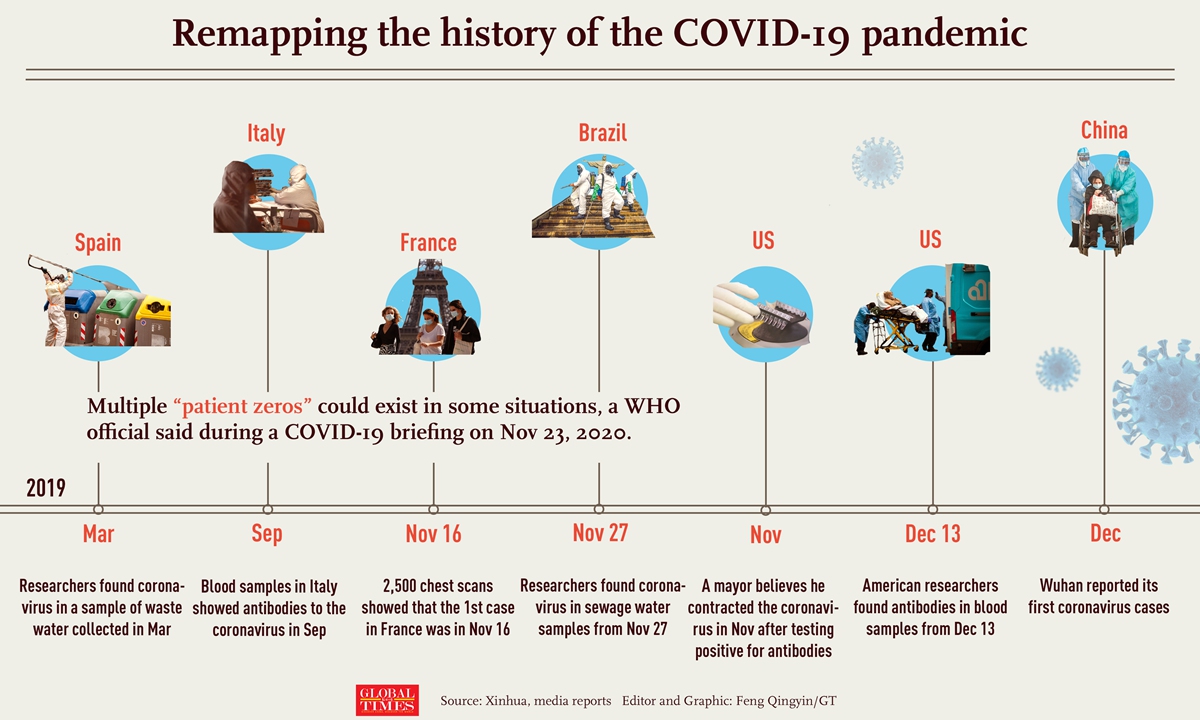
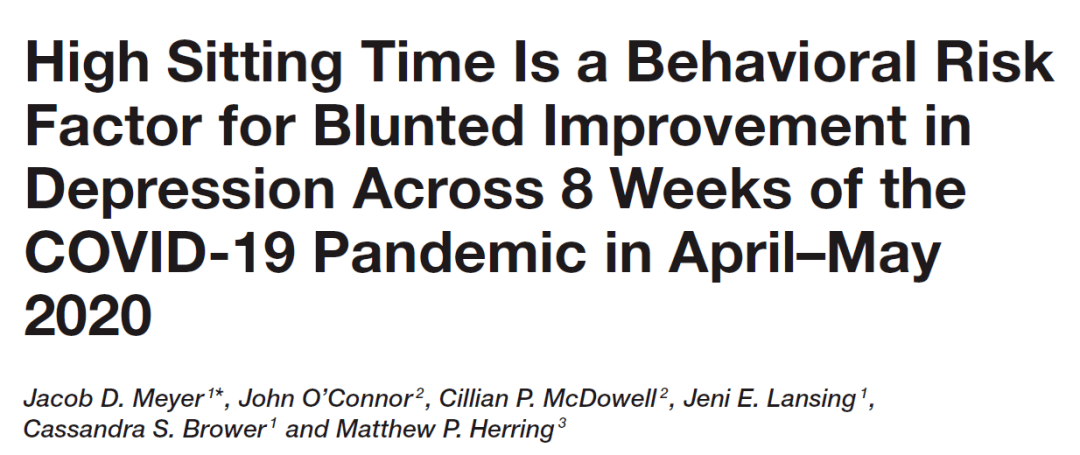
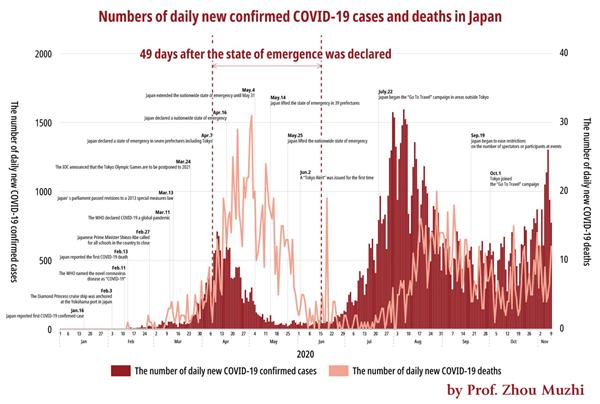




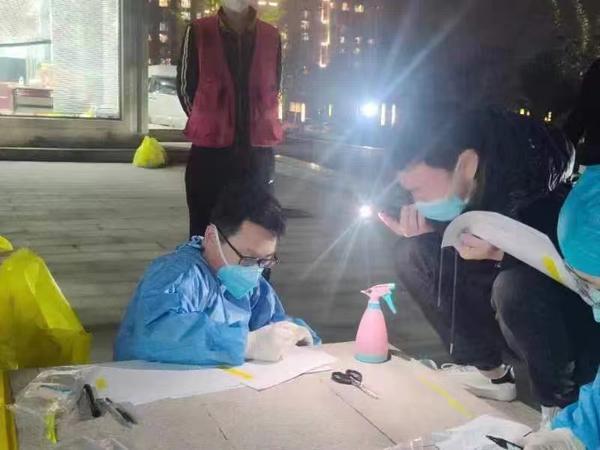
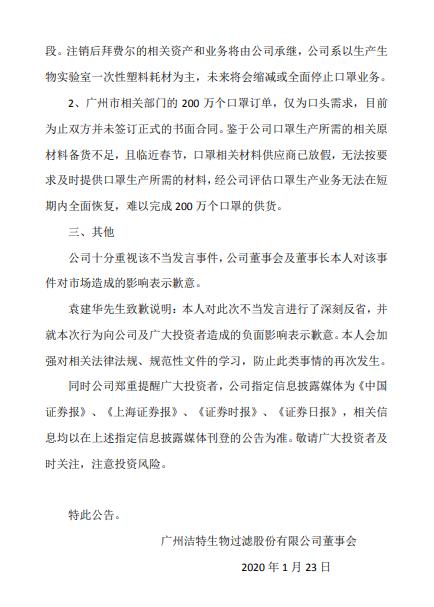

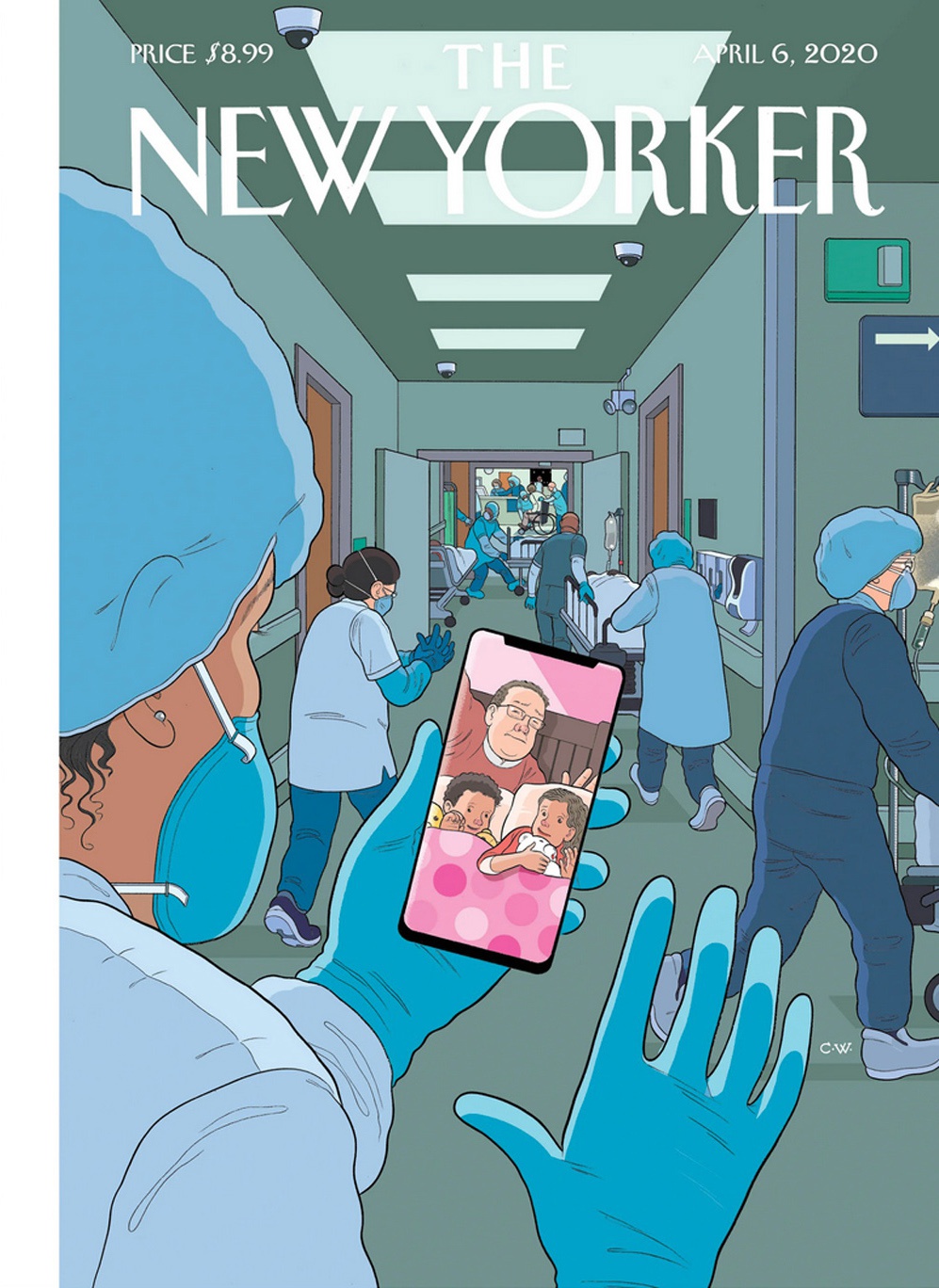
 京ICP备11000001号
京ICP备11000001号
发表评论